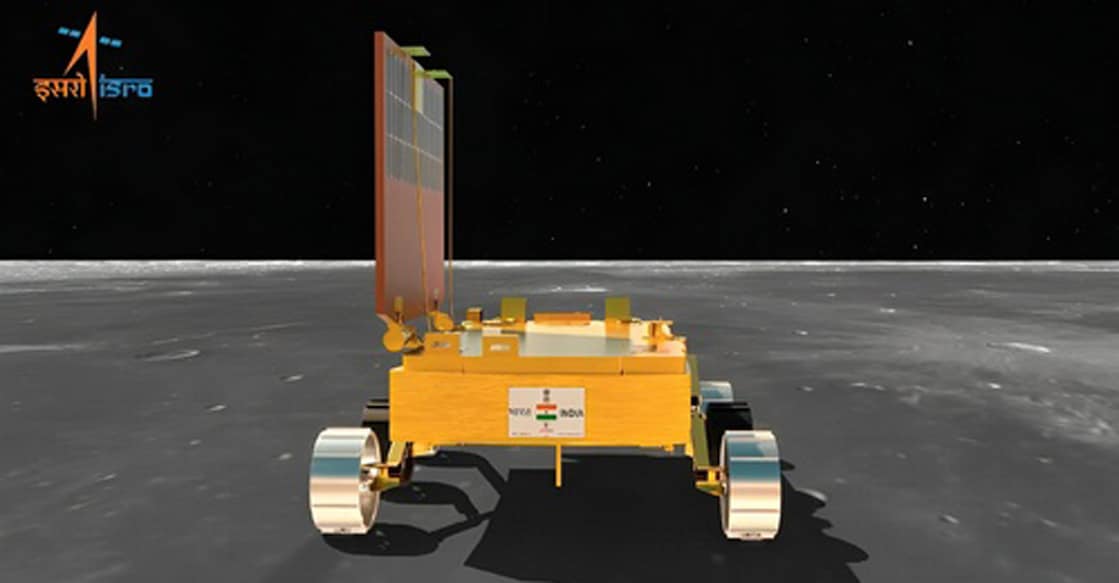No signals from Chandrayaan-3's lander, rover: ISRO

Mail This Article
Bengaluru: ISRO on Friday said it has made efforts to establish communication with its lunar mission Chandrayaan-3's lander Vikram and rover Pragyan to ascertain their 'wake-up condition' after they had been put into sleep mode early this month -- but no signals have been received from them as of now.
Attempts to make contact with the lander and rover will continue, the national space agency said on social media platform X. With dawn breaking on the Moon, ISRO attempted to reestablish communication with the lander and rover, to revive them so that they can continue with scientific experiments.
Both the lander and the rover were put into sleep mode earlier this month on September 4 and 2 respectively, ahead of the lunar night setting in on Earth's only natural satellite. However, their receivers were kept on.
"Efforts have been made to establish communication with the Vikram lander and Pragyan rover to ascertain their wake-up condition.As of now, no signals have been received from them. Efforts to establish contact will continue." ISRO said in a post on 'X'.
We have put both the lander and rover on sleep mode because temperature would go as low as minus 120-200 degree celsius. From September 20 onwards, sunrise will be going on at the Moon and by September 22 we hope that the solar panel and other things will be fully charged, so we will be trying to revive both the lander and rover, ISRO's Space Applications Centre Director Nilesh Desai had told PTI on Thursday.
With sunlight back on the south polar region of the Moon, where both lander and rover are located, and their solar panels believed to be optimally charged, ISRO is making efforts to establish contact with them again to check their health and ability to resume functioning, in order to try to revive them.
After landing on the Moon on August 23, both the lander and the rover, and payloads onboard had performed experiments one after the other so as to complete them within 14 Earth days (one lunar day), before pitch darkness and extreme cold weather engulfed the Moon. The lander and rover with a total mass of 1,752 kg were designed to operate for one lunar daylight period (about 14 Earth days) to study the surroundings there. However ISRO is hoping they can be revived, now that the Sun has risen again on the Moon, and that they carry on with the experiments and studies there.

